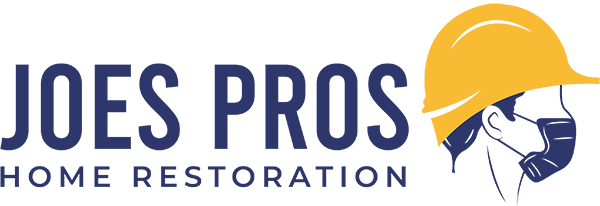
Discover the hidden dangers of biohazards in your home
Our homes are supposed to be safe havens, but lurking beneath the surface lie hidden dangers —biohazards. These are biological materials that pose a threat to our health. While you might think of biohazards as something out of a sci-fi movie, the truth is they’re more common than you might realize.
Key Takeaways
- Harmful to your health Exposure can lead to respiratory problems, infections, and even serious illnesses.
- Common culprits in homes: Mold, sewage backups, poor air quality, and hoarding situations are potential breeding grounds.
- Prevention is key: Maintain cleanliness, address moisture issues, and ensure good ventilation to minimize risks.
- Seek professional help: For situations like large mold growth, or biohazard exposure, call Joes Pros for safe and proper removal.
What are Biohazards?
Biohazards are any organic substances that can cause harm to our health. This can include:
Microorganisms: Bacteria, viruses, and fungi like mold can cause respiratory problems, skin infections, and even serious illnesses.
- The Centers for Disease Control and Prevention (CDC) states that exposure to mold can cause a variety of health problems, including allergic reactions, respiratory problems, and even central nervous system problems CDC Lead Exposure Reduction Companion Guide.
- The World Health Organization (WHO) highlights the risks of various respiratory illnesses caused by viruses and bacteria, emphasizing the importance of hygiene and good indoor air quality to prevent their spread [WHO Advice for the Public on COVID-19].
Bodily fluids: Blood, vomit, and sewage can harbor dangerous pathogens that spread through contact or airborne transmission.
- A study published in the Journal of Hospital Infection found that various bacteria and viruses can survive on surfaces contaminated with bodily fluids for extended periods, highlighting the importance of proper cleaning and disinfection [https://www.ncbi.nlm.nih.gov/pmc/articles/PMC8137297/].
Animal waste: Rodent droppings and bird droppings can contain harmful bacteria and parasites.
- The CDC warns about the dangers of Hantavirus Pulmonary Syndrome, a potentially fatal respiratory illness transmitted through contact with rodent droppings or urine [CDC Case Definition for Hantavirus Pulmonary Syndrome 2015].
Sharps objects: Used needles, syringes, and other sharp objects contaminated with bodily fluids pose a risk of puncture wounds and infection.
- The Occupational Safety and Health Administration (OSHA) outlines the bloodborne pathogens standard, which mandates specific procedures for handling sharps to prevent occupational exposure [OSHA Standard 1910.1030: Bloodborne Pathogens].
Common Biohazards in Homes
Now that you understand what biohazards are, let’s look at some examples of threats found in homes nationwide:
Mold: Mold thrives in damp environments and can cause respiratory problems, allergies, and even worsen asthma. Check for mold growth around leaky pipes, windows, and in basements.
- The National Institute of Environmental Health Sciences (NIEHS) emphasizes the importance of mold remediation to prevent health problems and improve indoor air quality [NIEHS Health Information on Mold Exposure].
Sewage backups: Sewage contains harmful bacteria and viruses. If you experience a sewage backup, it’s important to call a professional for cleanup to avoid exposure.
- The CDC lists various pathogens that can be found in sewage, highlighting the potential health risks associated with sewage backups [CDC Lead Exposure Reduction Companion Guide].
Poor air quality: Dust mites, pet dander, and even pollen can all trigger allergies and respiratory problems. Proper ventilation and air filtration can help reduce these risks.
- The Environmental Protection Agency (EPA) emphasizes the importance of good indoor air quality for human health and provides guidance on improving air quality in homes [EPA Guide to Indoor Air Quality].
Hoarding situations: Unfortunately, in homes with excessive clutter and waste biohazards like mold, bacteria, and even pests can become a major problem.
- A study published in the Journal of Environmental Health Research found that hoarding behaviors can significantly increase the risk of exposure to biohazards due to poor sanitation, moisture problems, and increased potential for pest infestations [Massachusetts Government: Risks Caused by Hoarding].
Protecting Yourself from Biohazards
By incorporating simple practices like frequent hand washing, maintaining cleanliness, addressing moisture issues, and ensuring proper ventilation, you can significantly reduce your exposure to harmful microorganisms and other potential biohazards. If you encounter situations such as biohazard exposure, mold growth, water damage, etc., Joes Pros Home Restoration is well-equipped to restore your home and ensure heathy living conditions. Learn more about our Biohazard services.



